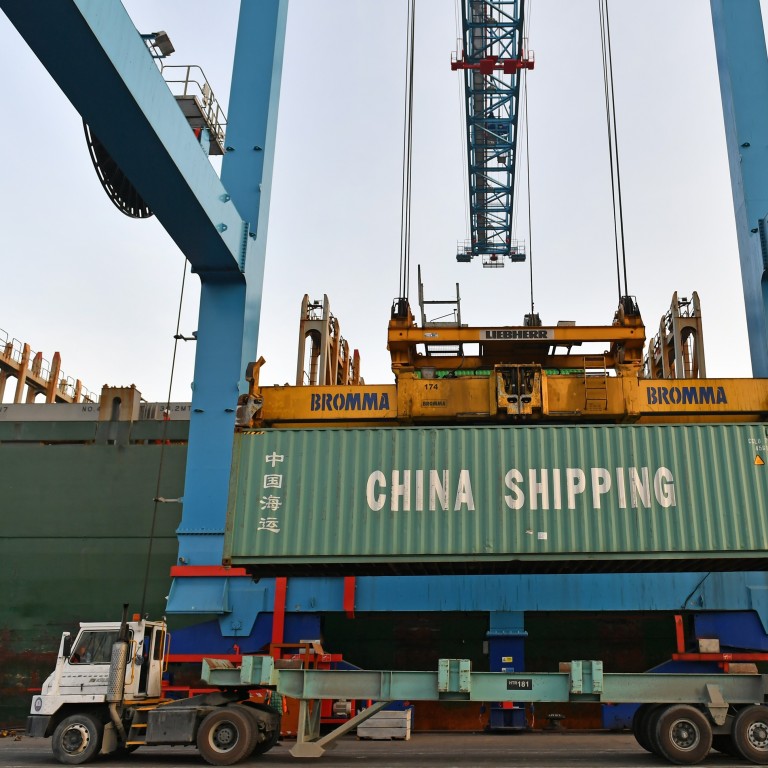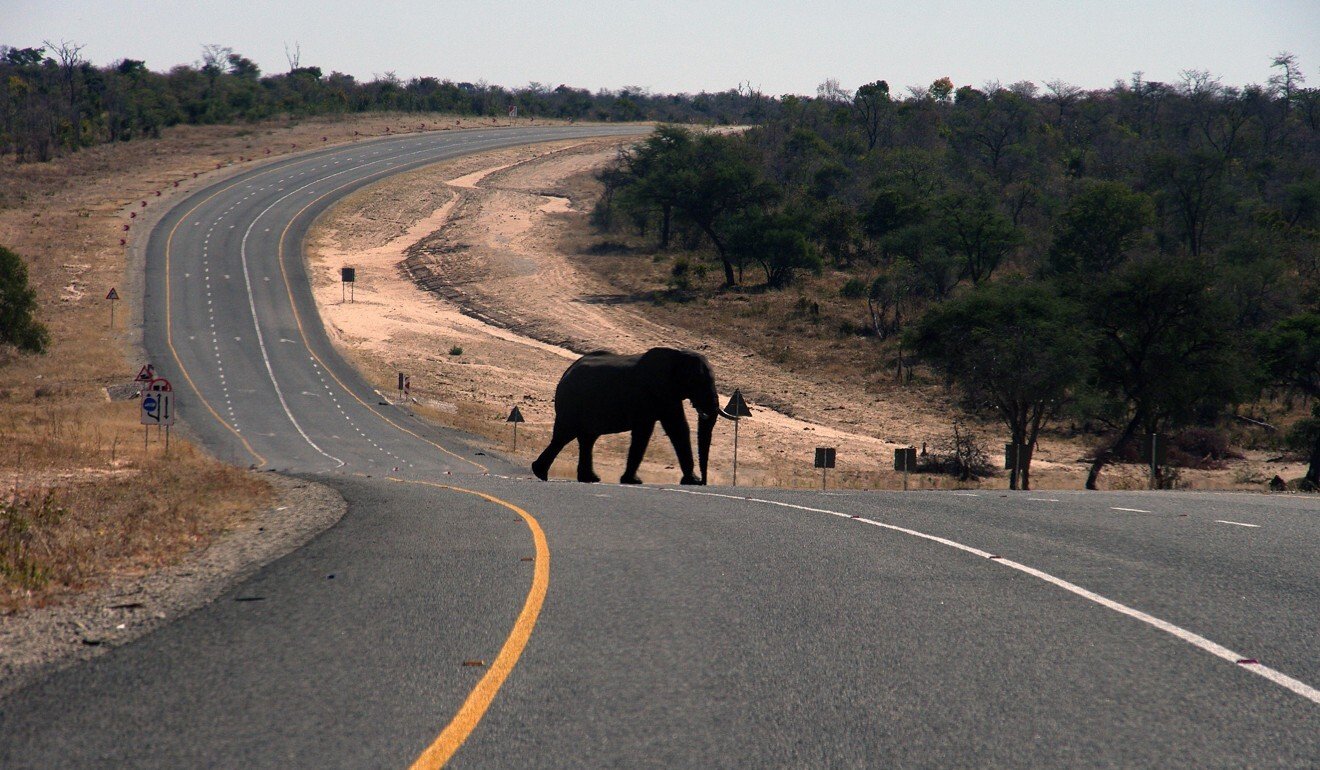
China’s belt and road plan: can the US find an alternative route?
- US President Joe Biden is keen for democracies to create a rival infrastructure development initiative, but observers say he’ll struggle to pull it off
- Previous efforts by Washington and its allies have been ‘sporadic and disaggregated in terms of their strategic coherence’, academic says
“I suggested we should have a similar initiative, pulling from the democratic states, helping those communities around the world that need help,” he said.
The US and Japan have tried to increase infrastructure investment with support from the Asian Development Bank, and under former president Donald Trump, the US revamped its Overseas Private Investment Corporation in a bid to provide belt and road style financing.
In 2019, the US launched a private sector led infrastructure development scheme in the Indo-Pacific region called the Blue Dot Network. That followed the European Union’s 2018 announcement of its Connecting Europe with Asia strategy.
Biden casts US-China relations as a battle for the century
Despite the various efforts to counter the belt and road plan, Benjamin Barton, an assistant professor at the University of Nottingham’s Malaysia campus, said they lacked coordination.
“These moves have been sporadic and disaggregated in terms of their strategic coherence,” he said. “There’s also a lag in terms of their actual roll-out.”
Barton said China’s advantage was a result of its financing, expertise in high-density infrastructure construction and cheap labour – with Chinese workers often being used instead of local teams.
China Labour Watch said in a report released on Friday that after speaking to 22 Chinese workers on belt and road projects in Indonesia, Algeria, Singapore, Jordan, Pakistan, Serbia and elsewhere it found widespread rights infringements. These included the seizure of passports, restrictions on freedom of movement, long shifts of up to 12 hours a day, seven days a week, and unpaid wages.
Min Ye, an associate professor of international relations at the Pardee School of Global Studies at Boston University, said the US had insufficient resources, willpower and experience to conduct infrastructure projects abroad, and while Europe had the experience and technology, it did not have the funds.
Japan was the only country that could invest in and build infrastructure that could compete with China, she said.
“But Japan’s main areas of operation are in Asia, and after Covid, large-scale and costly infrastructure would be difficult to continue,” she said.

James Crabtree, executive director of the International Institute of Strategic Studies’ Asia office in Singapore, said that many countries recognised the need to compete with China and were working together to provide developing Asian economies with alternatives to the belt and road plan.
While they were unlikely to match the scale of Chinese investment, “they can offer higher quality and more sustainable funding”, he said.
“Crucially they need to coordinate to avoid the mistakes China made in developing infrastructure in ways that were not transparent, accountable or which created excessive debts,” he said.
Joe Biden 100 days in: little difference from Trump in attitude towards China, analysts say
Jonathan Hillman, director of the Reconnecting Asia Project at the Centre for Strategic and International Studies in Washington, said that while such efforts were encouraging, creating “real alternatives will require four things that have been in short supply”.
Second, even if the ultimate goal was to catalyse financing from the private sector, creating alternatives would require targeted public investments, he said. In the digital infrastructure realm, joint investments in research and development would be important, such as the US$4.5 billion the US and Japan recently announced for next-generation telecommunications networks.
US-China rivalry could force unwelcome choices on some countries
Third, “an effective allied sales pitch will require more empathy for decision makers in developing countries” and finally, “creating real alternatives will require doing the gruelling and unglamorous work to operationalise allied partnerships”, he said.
David Dollar, a senior fellow at the John L. Thornton China Centre of the Brookings Institution in Washington, said that the US, Britain and Japan were already major donors in Africa – with a focus on health, education and governance – while Chinese funding was aimed at the transport and power sectors.
“It is unlikely that the Western donors will shift from soft sectors to hard infrastructure, or add significant new money given their fiscal constraints,” he said. “So, the talk about countering China is mostly just talk.”

